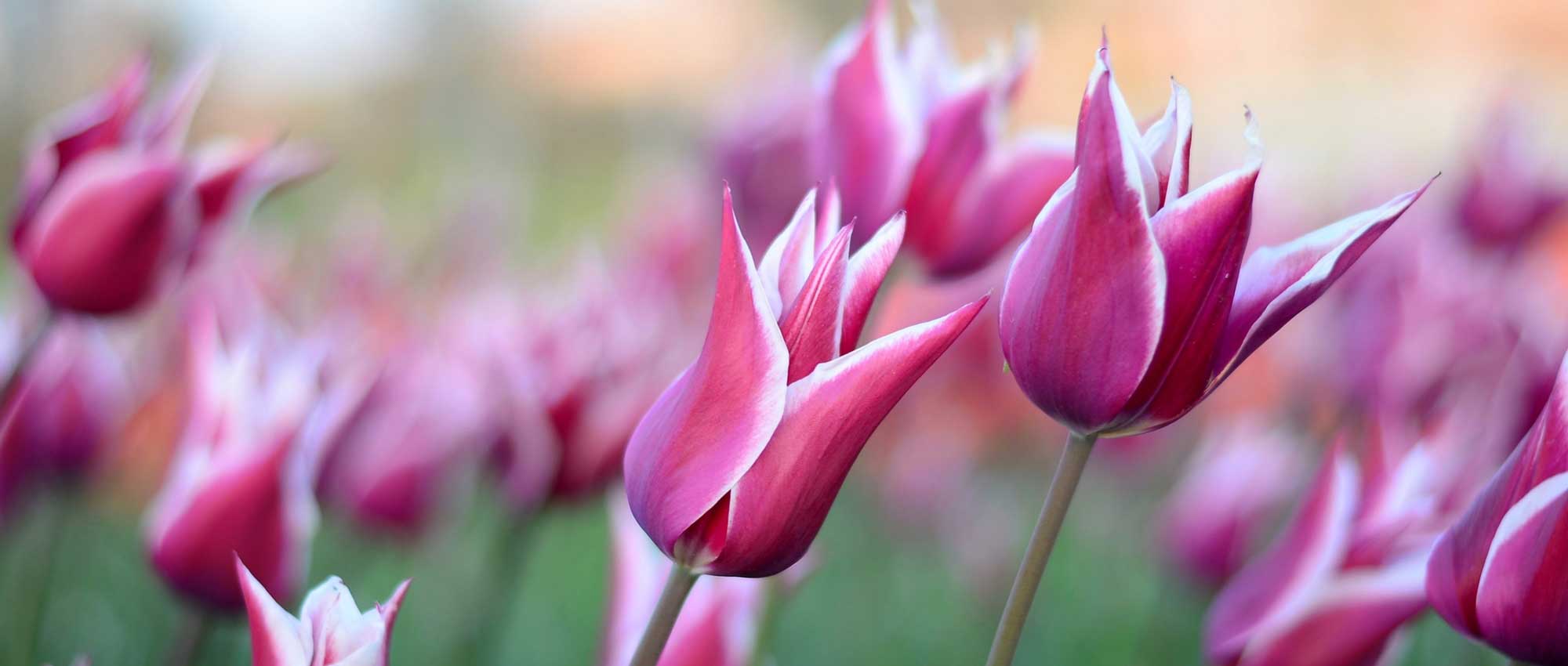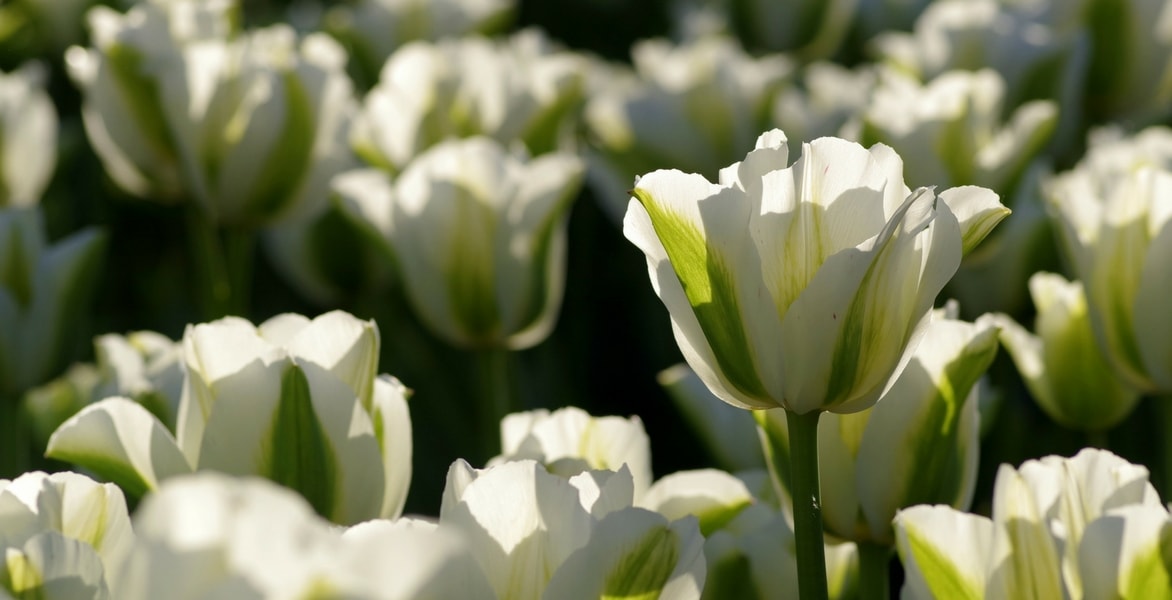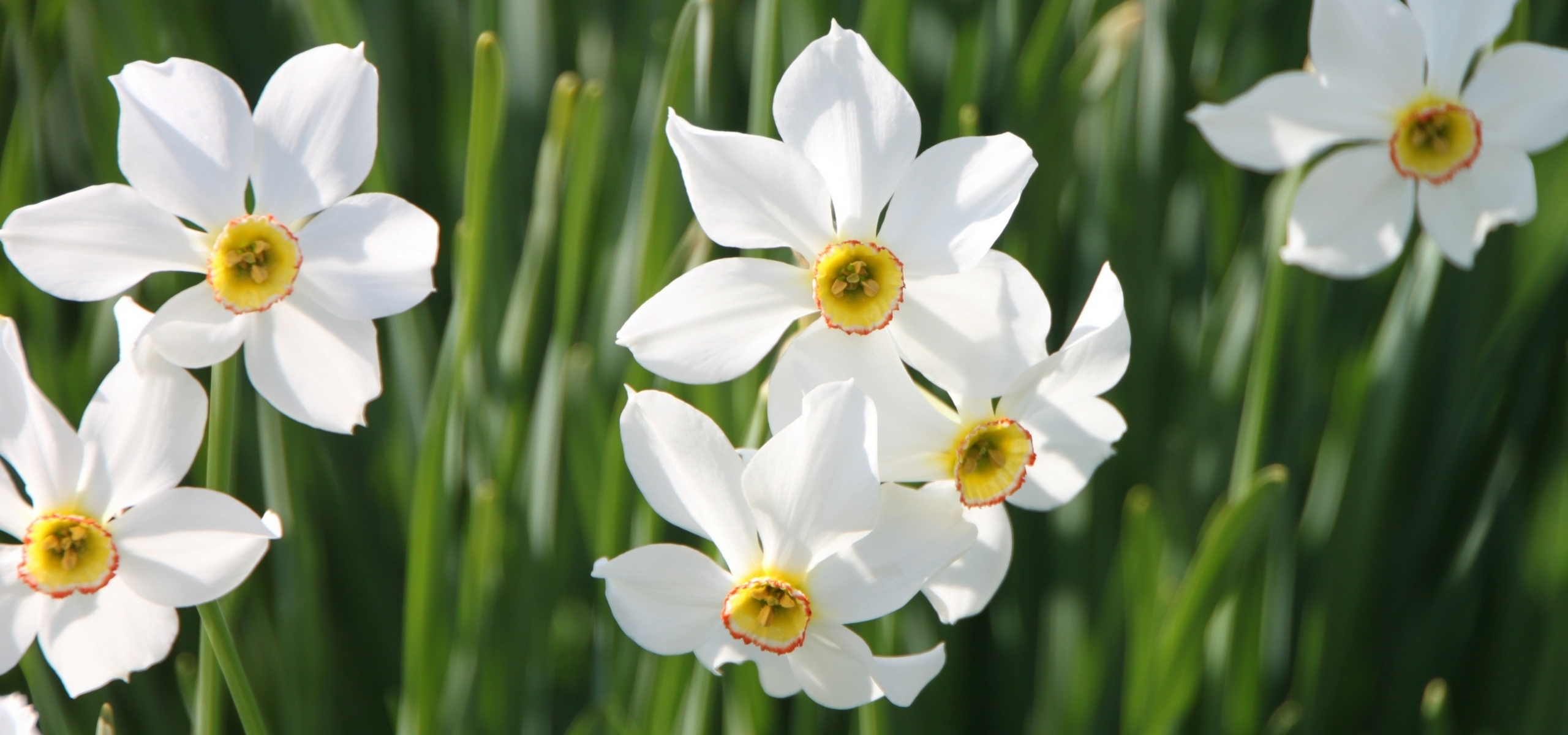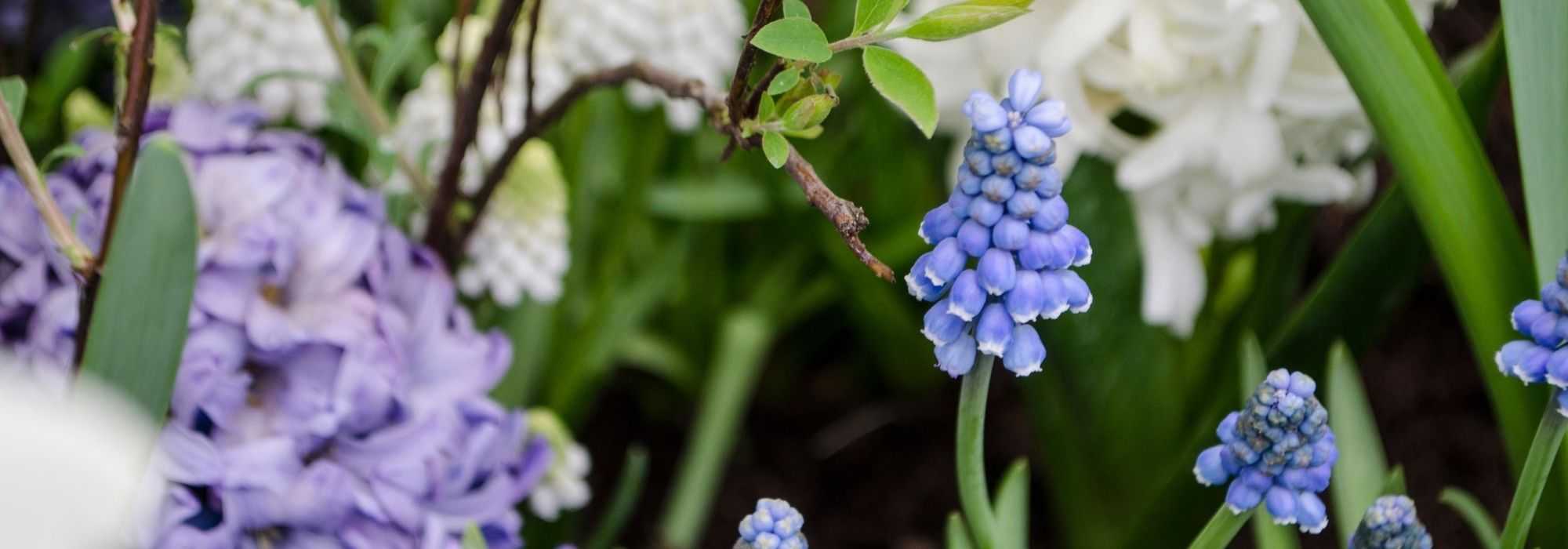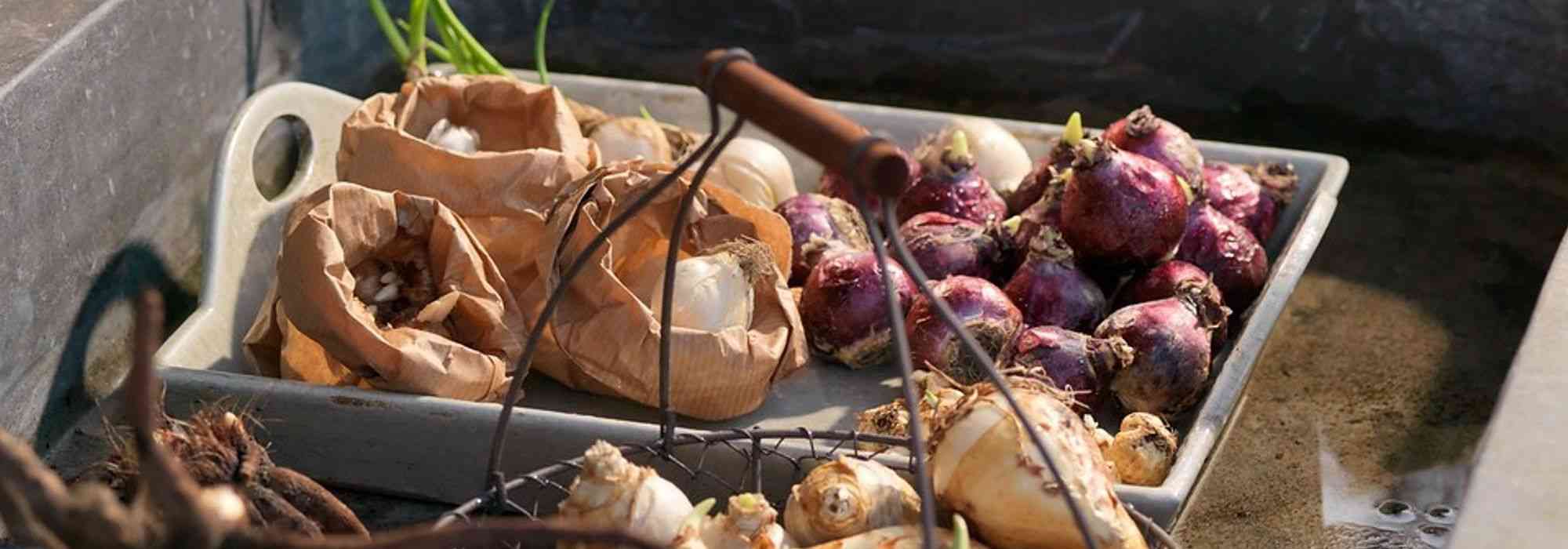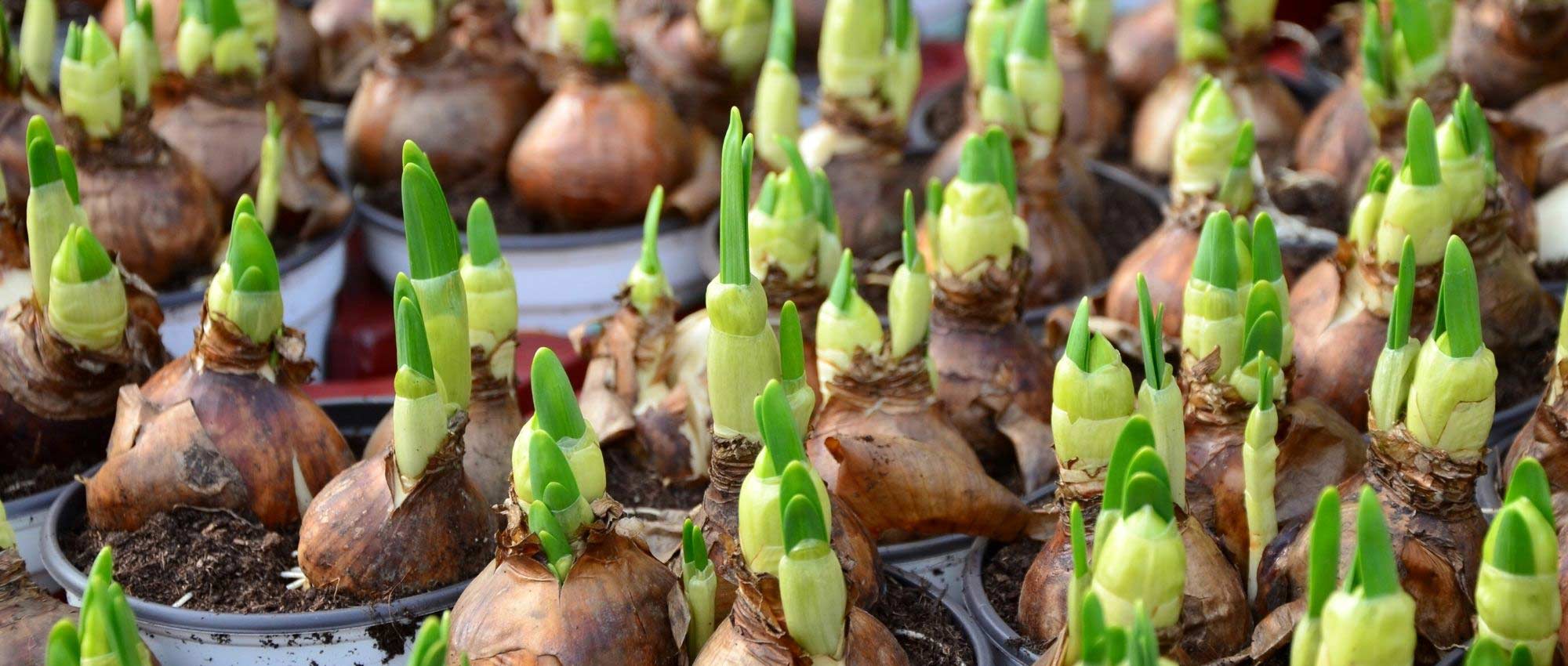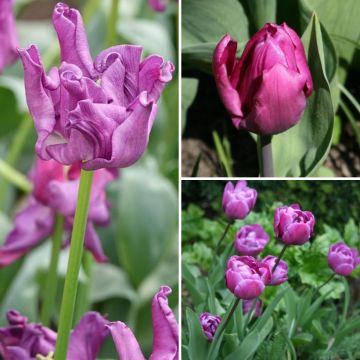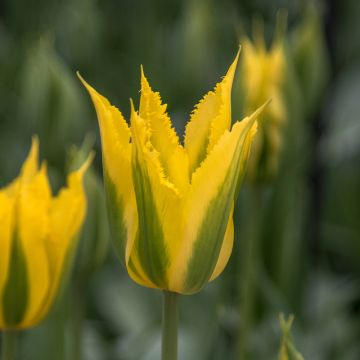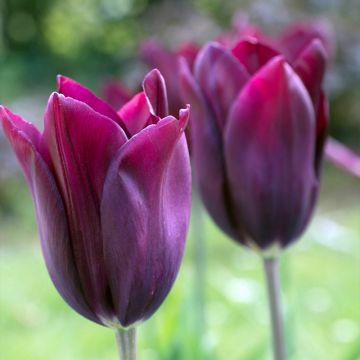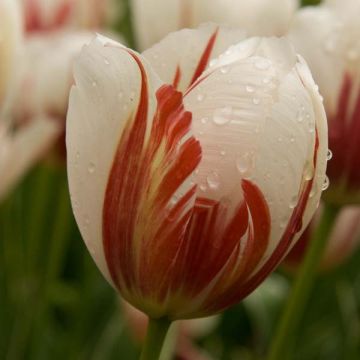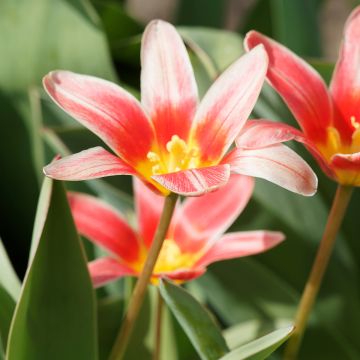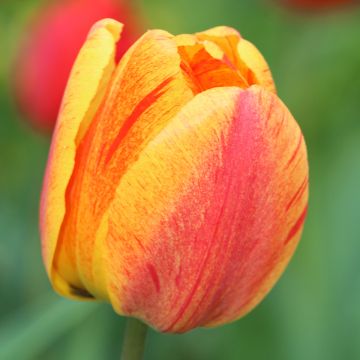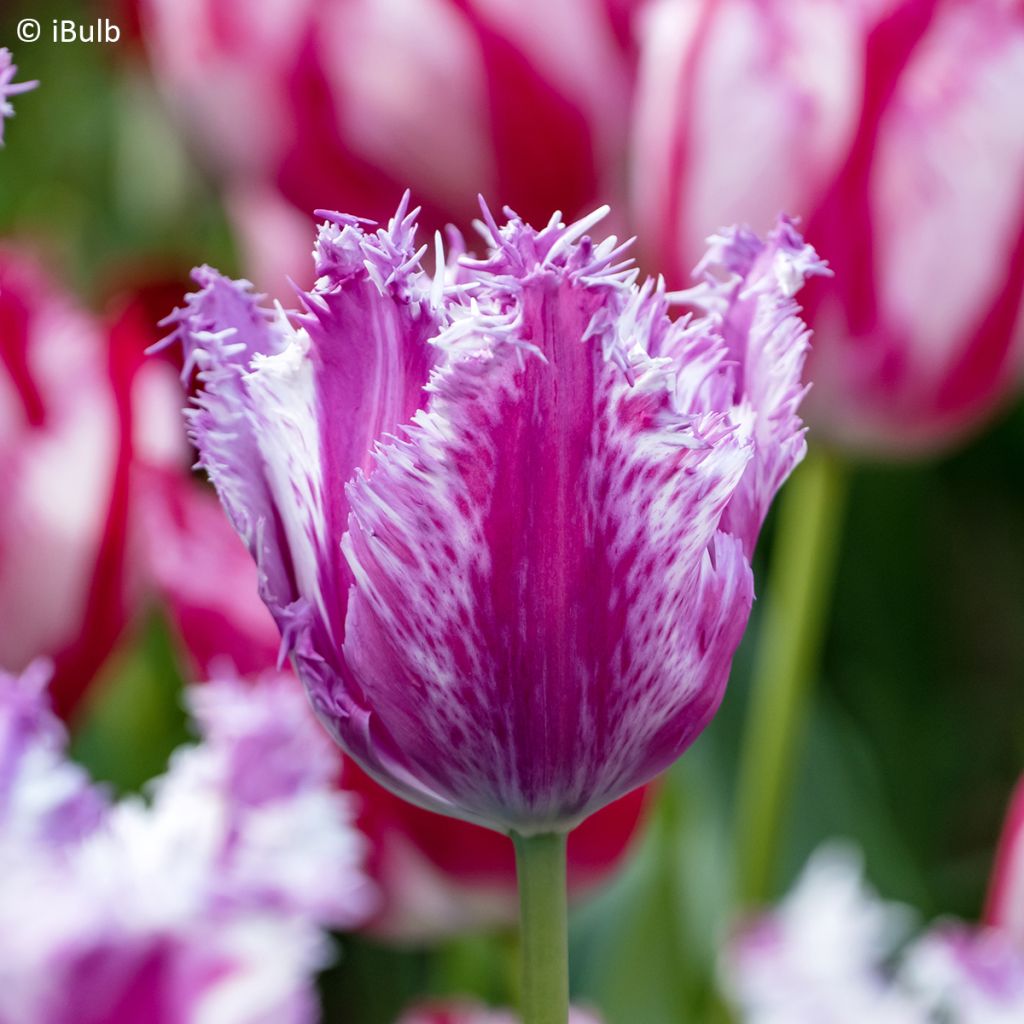

Tulipa Purple Circus - Tulipe frangée Purple Circus, Tulipe dentelle Purple Circus
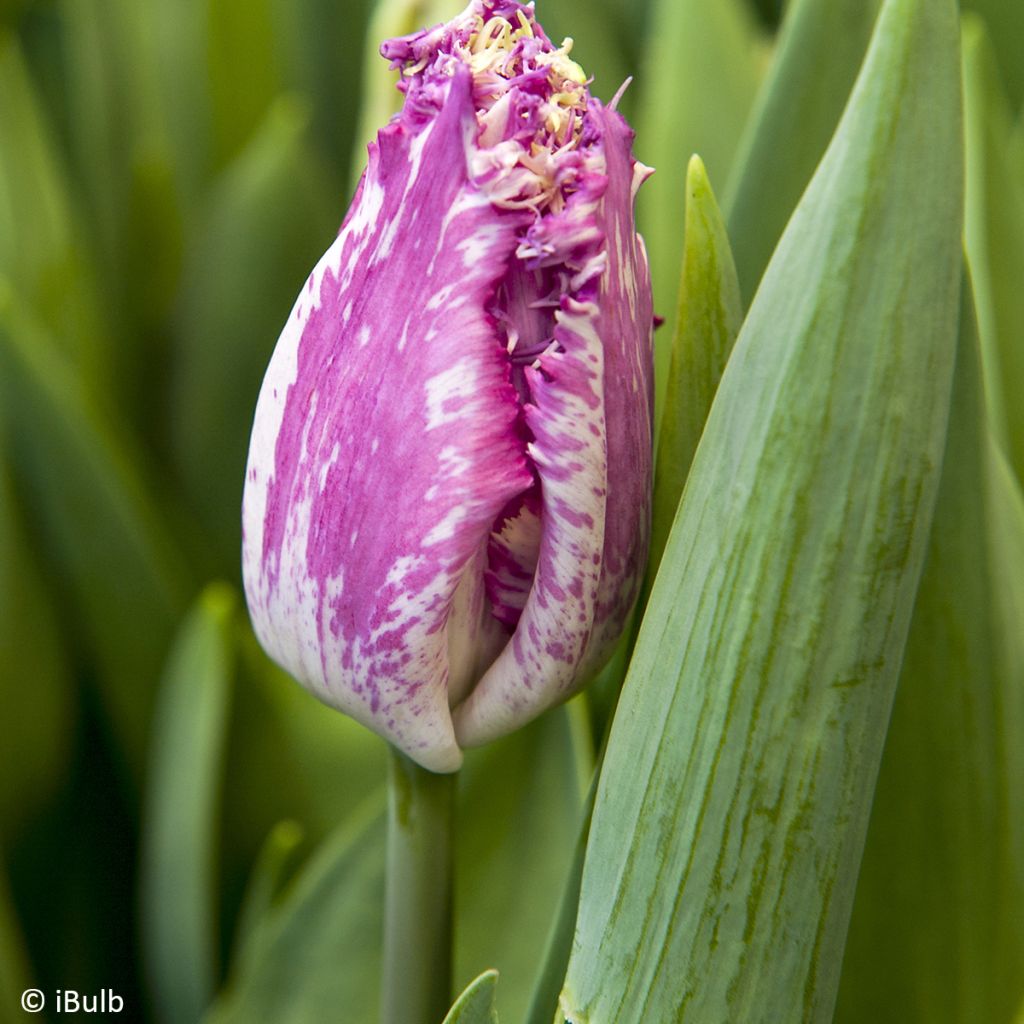

Tulipa Purple Circus - Tulipe frangée Purple Circus, Tulipe dentelle Purple Circus
Tulipa Purple Circus - Fringed Tulip
Tulipa Purple Circus
Crisped Tulip, Fringed Tulip, Curled Tulip
Special offer!
Receive a €20 voucher for any order over €90 (excluding delivery costs, credit notes, and plastic-free options)!
1- Add your favorite plants to your cart.
2- Once you have reached €90, confirm your order (you can even choose the delivery date!).
3- As soon as your order is shipped, you will receive an email containing your voucher code, valid for 3 months (90 days).
Your voucher is unique and can only be used once, for any order with a minimum value of €20, excluding delivery costs.
Can be combined with other current offers, non-divisible and non-refundable.
Home or relay delivery (depending on size and destination)
Schedule delivery date,
and select date in basket
This plant carries a 6 months recovery warranty
More information
We guarantee the quality of our plants for a full growing cycle, and will replace at our expense any plant that fails to recover under normal climatic and planting conditions.
Would this plant suit my garden?
Set up your Plantfit profile →
Description
The Fringed Tulip ‘Purple Circus’ is a late-flowering, remarkable variety for its petals fringed with brilliant white, gradually shading to deep violet, almost magenta. Its compact, upright habit makes it an ideal candidate for refined borders, spring beds, and decorative containers. This hardy tulip thrives in full sun to partial shade and flourishes in light, well-drained soil. Hardy and with excellent vase life, it requires little maintenance but dislikes overly wet or poorly aerated soil. It captivates with its originality and its evolving palette that captures the spring light.
The Tulip ‘Purple Circus’ belongs to the Liliaceae family, in the group of fringed tulips characterised by their fine, serrated petal margins. This cultivar is distinguished by its spectacular colour change: the flowers transition from pure white to deep purple, offering a unique visual effect. It reaches a final height of 30 to 40 cm when planted in the ground, with a spread of 15 cm, and maintains harmonious proportions in a pot. Growth is rapid in spring after winter dormancy; each bulb produces a single, sturdy, unbranched stem. The flowers have six fringed tepals measuring approximately 6–8 cm in diameter, initially white with scalloped fringes, gradually coloured with purple—a particularly striking transition in a vase or in a bed. Flowering is late, from late April to May. The deciduous foliage comprises 4 to 6 lanceolate, medium green, slightly glaucous leaves 3–5 cm wide. The stems are sturdy, ensuring excellent wind resistance. The root system is typical of tulips: a fleshy bulb of 11–12 cm circumference requiring cool but well-drained soil.
In a garden of changing hues, the ‘Purple Circus’ tulip offers that slow metamorphosis that only spring can generate, moving from luminous white to theatrical purple. Planted en masse in a formal bed or as isolated showpieces in a large weathered zinc pot, it will bring structure to the space while retaining a certain lightness. It pairs well with the ‘Black Parrot’ tulip for depth, ‘Blue Parrot’ for a cool contrast, and ‘China Town’, whose marginate foliage and soft tones will extend the subtlety of the display. It is a plant to be contemplated up close, preferably against a backdrop of evergreen foliage or at the foot of light hedges where the low morning light will reveal the detail of its lace-like fringes.
Tulipa Purple Circus - Fringed Tulip in pictures
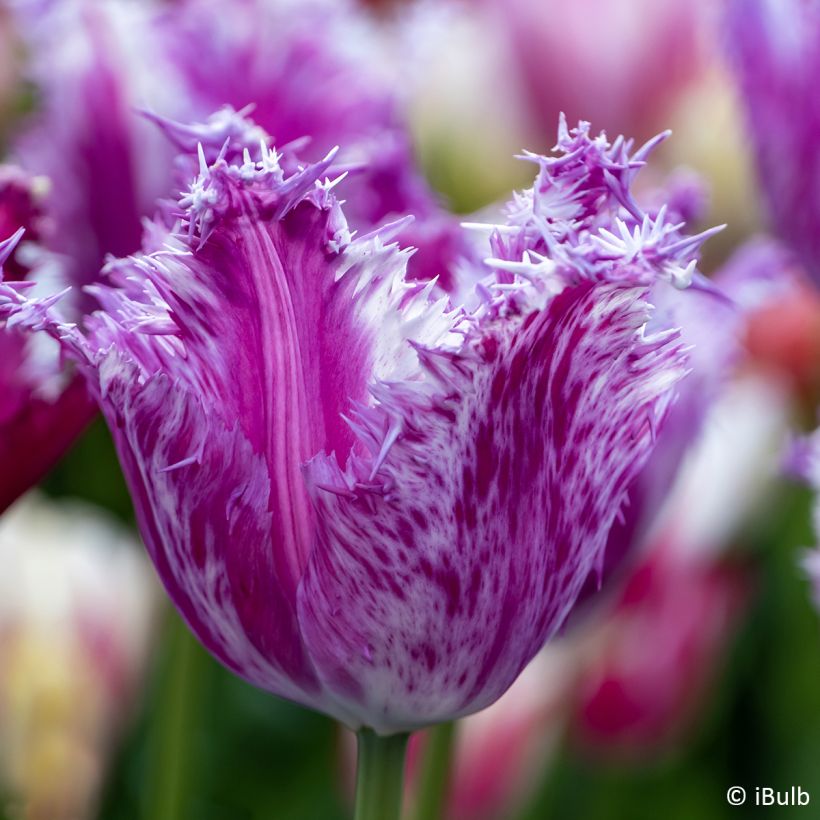

Plant habit
Flowering
Foliage
Botanical data
Tulipa
Purple Circus
Liliaceae
Crisped Tulip, Fringed Tulip, Curled Tulip
Tulipa Purple Circus
Cultivar or hybrid
Planting and care
Plant the 'Purple Circus' Tulip bulbs in autumn, from September to December, at a depth of 15 cm, spacing them 10 cm apart. Planting should be done in ordinary, slightly acidic, neutral, or slightly chalky, loose, well-worked and well-drained soil. Never add poorly decomposed manure or compost to the planting soil as this may cause the bulbs to rot. The tulip will grow well in dry to cool soil. Place it in a good sunny position or in partial shade. Once flowering is over, it is best to remove the fruits to avoid exhausting the plant. Allow the leaves to dry completely before cutting them. We recommend planting Heucheras, Tiarellas, and Euphorbias in the foreground of your borders; their foliage will enhance the colours of your tulips and, as the season progresses, they will elegantly conceal their yellowed leaves. Red and orange remain uncommon in the garden. Let's take advantage of the wide range of tulips in these colours. For an elegant effect, these tulips will be enhanced by fir-green foliage, such as a hedge of Yews or Boxwoods. Also consider dark foliage like Heuchera Obsidian.
Planting period
Intended location
Care
Planting & care advice
This item has not been reviewed yet - be the first to leave a review about it.
Similar products
Haven't found what you were looking for?
Hardiness is the lowest winter temperature a plant can endure without suffering serious damage or even dying. However, hardiness is affected by location (a sheltered area, such as a patio), protection (winter cover) and soil type (hardiness is improved by well-drained soil).

Photo Sharing Terms & Conditions
In order to encourage gardeners to interact and share their experiences, Promesse de fleurs offers various media enabling content to be uploaded onto its Site - in particular via the ‘Photo sharing’ module.
The User agrees to refrain from:
- Posting any content that is illegal, prejudicial, insulting, racist, inciteful to hatred, revisionist, contrary to public decency, that infringes on privacy or on the privacy rights of third parties, in particular the publicity rights of persons and goods, intellectual property rights, or the right to privacy.
- Submitting content on behalf of a third party;
- Impersonate the identity of a third party and/or publish any personal information about a third party;
In general, the User undertakes to refrain from any unethical behaviour.
All Content (in particular text, comments, files, images, photos, videos, creative works, etc.), which may be subject to property or intellectual property rights, image or other private rights, shall remain the property of the User, subject to the limited rights granted by the terms of the licence granted by Promesse de fleurs as stated below. Users are at liberty to publish or not to publish such Content on the Site, notably via the ‘Photo Sharing’ facility, and accept that this Content shall be made public and freely accessible, notably on the Internet.
Users further acknowledge, undertake to have ,and guarantee that they hold all necessary rights and permissions to publish such material on the Site, in particular with regard to the legislation in force pertaining to any privacy, property, intellectual property, image, or contractual rights, or rights of any other nature. By publishing such Content on the Site, Users acknowledge accepting full liability as publishers of the Content within the meaning of the law, and grant Promesse de fleurs, free of charge, an inclusive, worldwide licence for the said Content for the entire duration of its publication, including all reproduction, representation, up/downloading, displaying, performing, transmission, and storage rights.
Users also grant permission for their name to be linked to the Content and accept that this link may not always be made available.
By engaging in posting material, Users consent to their Content becoming automatically accessible on the Internet, in particular on other sites and/or blogs and/or web pages of the Promesse de fleurs site, including in particular social pages and the Promesse de fleurs catalogue.
Users may secure the removal of entrusted content free of charge by issuing a simple request via our contact form.
The flowering period indicated on our website applies to countries and regions located in USDA zone 8 (France, the United Kingdom, Ireland, the Netherlands, etc.)
It will vary according to where you live:
- In zones 9 to 10 (Italy, Spain, Greece, etc.), flowering will occur about 2 to 4 weeks earlier.
- In zones 6 to 7 (Germany, Poland, Slovenia, and lower mountainous regions), flowering will be delayed by 2 to 3 weeks.
- In zone 5 (Central Europe, Scandinavia), blooming will be delayed by 3 to 5 weeks.
In temperate climates, pruning of spring-flowering shrubs (forsythia, spireas, etc.) should be done just after flowering.
Pruning of summer-flowering shrubs (Indian Lilac, Perovskia, etc.) can be done in winter or spring.
In cold regions as well as with frost-sensitive plants, avoid pruning too early when severe frosts may still occur.
The planting period indicated on our website applies to countries and regions located in USDA zone 8 (France, United Kingdom, Ireland, Netherlands).
It will vary according to where you live:
- In Mediterranean zones (Marseille, Madrid, Milan, etc.), autumn and winter are the best planting periods.
- In continental zones (Strasbourg, Munich, Vienna, etc.), delay planting by 2 to 3 weeks in spring and bring it forward by 2 to 4 weeks in autumn.
- In mountainous regions (the Alps, Pyrenees, Carpathians, etc.), it is best to plant in late spring (May-June) or late summer (August-September).
The harvesting period indicated on our website applies to countries and regions in USDA zone 8 (France, England, Ireland, the Netherlands).
In colder areas (Scandinavia, Poland, Austria...) fruit and vegetable harvests are likely to be delayed by 3-4 weeks.
In warmer areas (Italy, Spain, Greece, etc.), harvesting will probably take place earlier, depending on weather conditions.
The sowing periods indicated on our website apply to countries and regions within USDA Zone 8 (France, UK, Ireland, Netherlands).
In colder areas (Scandinavia, Poland, Austria...), delay any outdoor sowing by 3-4 weeks, or sow under glass.
In warmer climes (Italy, Spain, Greece, etc.), bring outdoor sowing forward by a few weeks.


































